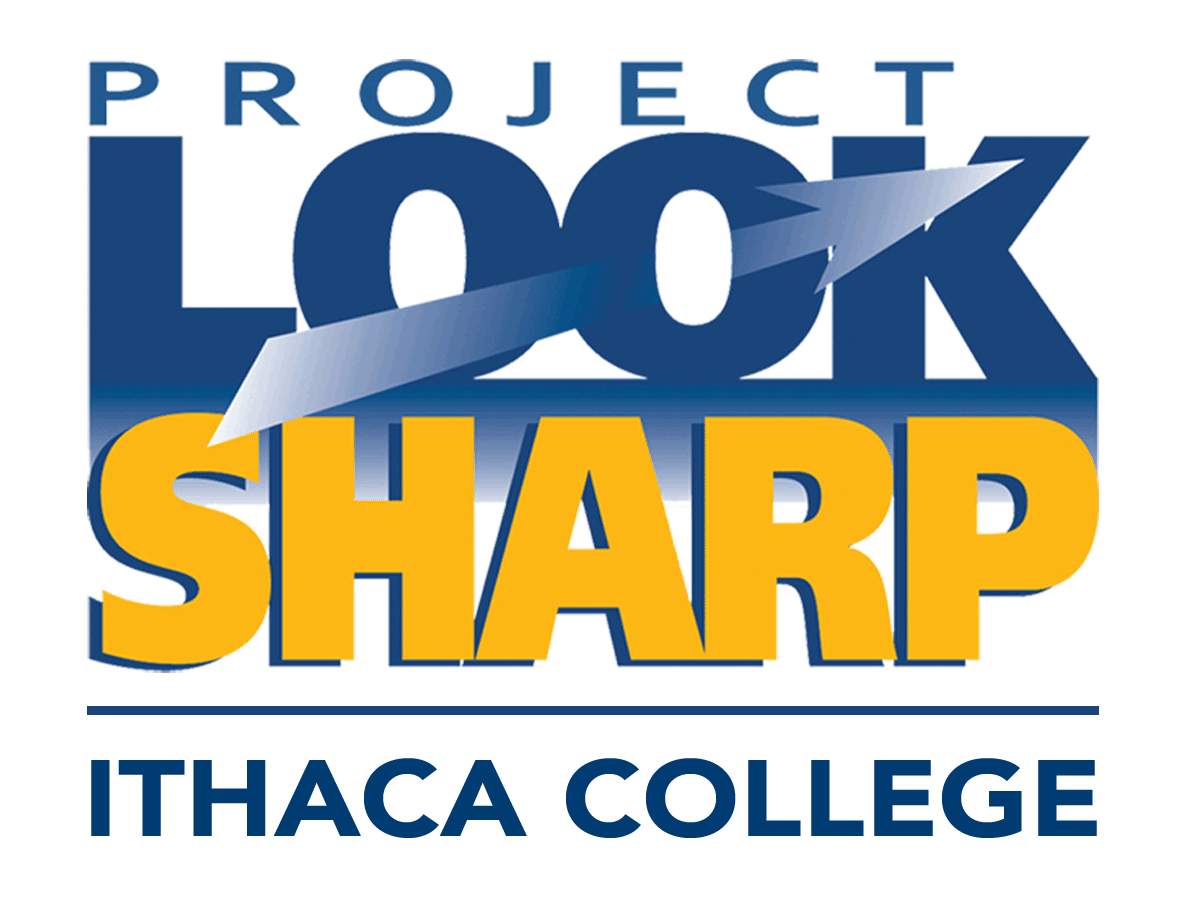Your Search Results (1009) sorted by newest
Vaccine Nationalism and Global Equity: Who Gets the Shots When?
In this media literacy activity students analyze short videos for messages about the ethics of global vaccine access.
15-30 Minutes
Valuing Water: Different Perspectives
Media literacy and critical thinking activity in which students decode a book covers and tables of content for messages about human impacts on freshwater resources.
This lesson is part of a "kit" or collection of media decoding lessons on a particular topic. You can explore that kit using the link below:
Unit: Climate Change & WaterKit: Media Constructions of Sustainability: Middle School
15-30 Minutes
Voices Role-Play
Media literacy and critical thinking lesson in which students will study and communicate in a role play debate the perspective of a sustainability advocate and then articulate their own opinions about the topic.
This lesson is part of a "kit" or collection of media decoding lessons on a particular topic. You can explore that kit using the link below:
Playlist: English Language ArtsKit: Media Constructions of Sustainability: Food, Water, and Agriculture
Over 60 Minutes
Volcanoes: Can We Protect Cities from Lava Flows?
This is a media literacy and critical thinking activity in which students analyze a National Public Radio report and a clip from a 1940s era Superman animated cartoon for messages about engineering solutions to protect cities from volcanic lava flows.
15-30 Minutes
War Crimes at Abu Ghraib- Showing Photos?
Media literacy and critical thinking lesson asking students to reflect on the viewing and publication of photographs of war crimes.
This lesson is part of a "kit" or collection of media decoding lessons on a particular topic. You can explore that kit using the link below:
Unit: War in Iraq: Whose Voice, Whose Story?Kit: Media Constructions of the Middle East
30-60 Minutes
War and Glory
Media literacy and critical thinking lesson using excerpts from songs about 19th century wars to compare songwriters' messages about war and peace.
This lesson is part of a "kit" or collection of media decoding lessons on a particular topic. You can explore that kit using the link below:
Unit: Wars of Manifest Destiny: Indian, Mexican and Spanish American WarsKit: Media Constructions of Peace
30-60 Minutes
War on Whom?
Media literacy and critical thinking lesson using four short song excerpts to study the impact of World War One on soldiers and families.
This lesson is part of a "kit" or collection of media decoding lessons on a particular topic. You can explore that kit using the link below:
Unit: World War OneKit: Media Constructions of Peace
30-60 Minutes
Watershed Stakeholders
Media literacy and critical thinking lesson in which students analyze maps, videos and informational text to reflect on stakeholder interests in maintaining watersheds.
This lesson is part of a "kit" or collection of media decoding lessons on a particular topic. You can explore that kit using the link below:
Kit: Media Constructions of Sustainability: Fingerlakes
30-60 Minutes, Over 60 Minutes
Watersheds: Stewardship & Climate Change
Media literacy and critical thinking activity in which students decode web pages messages about which strategies might be most useful to deal with climate change impacts on human communities.
This lesson is part of a "kit" or collection of media decoding lessons on a particular topic. You can explore that kit using the link below:
Unit: Climate Change & WaterKit: Media Constructions of Sustainability: Middle School
15-30 Minutes
We Will Be Heard
Media literacy and critical thinking lesson using excerpts from songs about women's suffrage to analyze the use of stereotyping in songwriting.
This lesson is part of a "kit" or collection of media decoding lessons on a particular topic. You can explore that kit using the link below:
Unit: Women's SuffrageKit: Media Constructions of Social Justice
30-60 Minutes
What About Bottled Water?
Media literacy and critical thinking lesson analyzing videos and TV commercials to discern messages about decisions to purchase or not purchase bottled water.
This lesson is part of a "kit" or collection of media decoding lessons on a particular topic. You can explore that kit using the link below:
Unit: Water (upper elementary)Kit: Media Constructions of Sustainability: Upper Elementary
Over 60 Minutes
What About Hunger?
Media literacy and critical thinking lesson analyzing videos to discern messages about possible strategies to address the problem of hunger.
This lesson is part of a "kit" or collection of media decoding lessons on a particular topic. You can explore that kit using the link below:
Playlist: Elementary Critical Thinking Skill BuildingPlaylist: Economics & Social Justice
Unit: Food Choices
Kit: Media Constructions of Sustainability: Upper Elementary
30-60 Minutes
What Can You Tell From a Book Cover?
Students analyze pairs of different covers for the same children’s book for messages about techniques, purpose, impact and target audience.
15-30 Minutes
What Do We Do About Fake News?
In this media literacy activity students analyze three online articles for messages about the responsibility to ascertain credibility in news stories.
30-60 Minutes
What Do You Know? Sourcing, Credibility and Bias
Media literacy and critical thinking lesson reflecting on sourcing, credibility, accuracy and bias of information presented in the media while introducing students to vocabulary and issues addressed in Media Constructions of Sustainability lessons.
This lesson is part of a "kit" or collection of media decoding lessons on a particular topic. You can explore that kit using the link below:
Kit: Media Constructions of Sustainability: Food, Water, and Agriculture
30-60 Minutes
What Does the Dollar Bill Tell You About the United States?
Students analyze the imagery on the dollar bill for symbols and messages about the beliefs of the founders of the United States and about what constitutes media.
15-30 Minutes
What Immigrants Want
Media literacy and critical thinking lesson using four short film excerpts to reflect on why immigrants come to the U.S, the challenges they face and supports they need to survive.
This lesson is part of a "kit" or collection of media decoding lessons on a particular topic. You can explore that kit using the link below:
Playlist: Global StudiesUnit: Immigrant Rights
Kit: Media Constructions of Social Justice
30-60 Minutes
What Is Causing Global Warming?
Media literacy and critical thinking lesson analyzing conflicting perspectives on the causes for global warming by decoding short excerpts from two films, The Great Global Warming Swindle and An Inconvenient Truth.
Over 60 Minutes
What is the Role of the Federal Government in Protecting the Environment?
This is a media literacy and critical thinking activity in which students analyze three short news reports for conflicting messages about the appointment of Scott Pruitt to head the Environmental Protection Agency.
15-30 Minutes
What to Believe? Media Misrepresentations of the War in Ukraine
Students analyze social media and news videos for messages analyzing misinformation and bias in reports on Russia’s war on Ukraine.
30-60 Minutes















.png)


